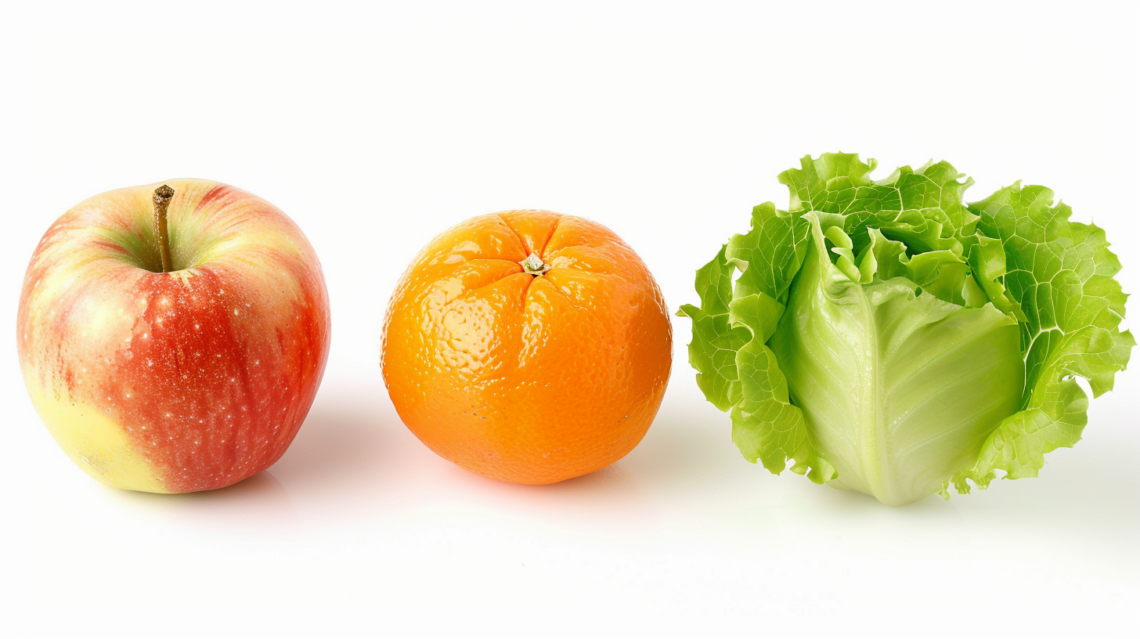
How to Eat Healthy
Whether you’re looking to lose weight or not, healthy eating is something that we all need to do. To ensure your diet is as healthy as it can be, it should consist of the following: Protein (found in things like meat, poultry, fish, dairy products, eggs, beans and nuts), fat (also found in animals and dairy products, nuts, as well as oils), and complex carbohydrates (found in whole grains, seeds, fruits and vegetables.) You also need vitamins and minerals, including vitamins A, B, C, D, E and K, as well as calcium, iron and potassium. Water is also something you should drink more of, as it keeps you hydrated and has a number of health benefits.
Another key factor when it comes to healthy eating is avoiding foods that are processed. When a food is processed, this means that it either comes packaged, canned, baked or dried – and while not all processed foods are unhealthy (milk, for example, as it needs to be pasteurized in order to remove harmful bacteria), many of them contain high levels of things like sugar, salt and fat, which are not only bad for the waistline, but can when eaten in excess can also contribute to things like high blood pressure, high cholesterol and diabetes. Among some of the most common processed foods include things like breakfast cereal, breads, meats (such as bacon, ham, salami, sausage), snacks (such as potato chips), baked goods (such as cookies, cakes, pies and pastries), foods that are microwavable (also known as “tv dinners”), and carbonated beverages.
Portion control is also important. While you shouldn’t starve yourself, you need to pay attention to what you’re putting on your plate and how much. The best way to do this is to make sure each meal you’re eating consists of at least 3 to 4 different food groups – i.e. a balance of proteins, fats, and complex carbohydrates. If you decide to not include a particular food group in one of your main meals (i.e. breakfast, lunch or dinner), then you can incorporate what you miss into your snacks throughout the day – for example, raw fruits and vegetables or nuts and seeds make for healthy snacks in between meals. As for just how much you need to eat of certain food groups, Canada’s Food Guide recommends getting at least 7 to 10 servings of fruits and vegetables per day, 6 to 8 servings of grain products per day, 2 to 3 servings of meat and meat alternatives per day, and 2 to 3 servings of milk or milk alternatives per day.
Your perspective is also crucial when it comes to eating healthy. Because many people often look at healthy eating as more of a “chore” and equate it to foods that are bland or boring, this is also one of the top reasons why you might find yourself gaining more weight as opposed to losing it, as a negative outlook can have an impact on the way you look at food along with which foods you put into your body – but it doesn’t have to be that way. The great thing about healthy eating is that you can choose from a variety of different foods that can either be eaten as standalone foods or incorporated into other meals – and the more variety of foods that you’re choosing, the more likely you are to want to stick to a healthy diet. Remember, consistency is key to being healthy.
It’s also a good idea to keep healthy foods as readily available as possible. To do this, most like to go grocery shopping for the week and plan out what they’re going to eat ahead of time, as last-minute meals are also when we tend to make less healthier food choices. If you’re someone who eats lunch at work or at school, instead of buying your snack from the vending machine or from the cafeteria, make your food at home. Foods bought from vending machines and cafeterias are usually full of things like added sugar, salt and other unhealthy ingredients in addition to being high in calories, so those are typically things you’ll want to avoid.
Embracing healthy eating is more than a series of dietary choices; it’s a lifestyle adjustment that requires awareness, preparation, and a positive mindset. By focusing on nutrient-rich foods across all food groups and minimizing processed items, you can significantly enhance your overall health. Remember, the variety in your diet not only keeps meals exciting but also encourages long-term adherence to healthier living. Keeping healthy options accessible and making informed choices even during busy times are key strategies that will help you sustain a nutritious and balanced diet.

